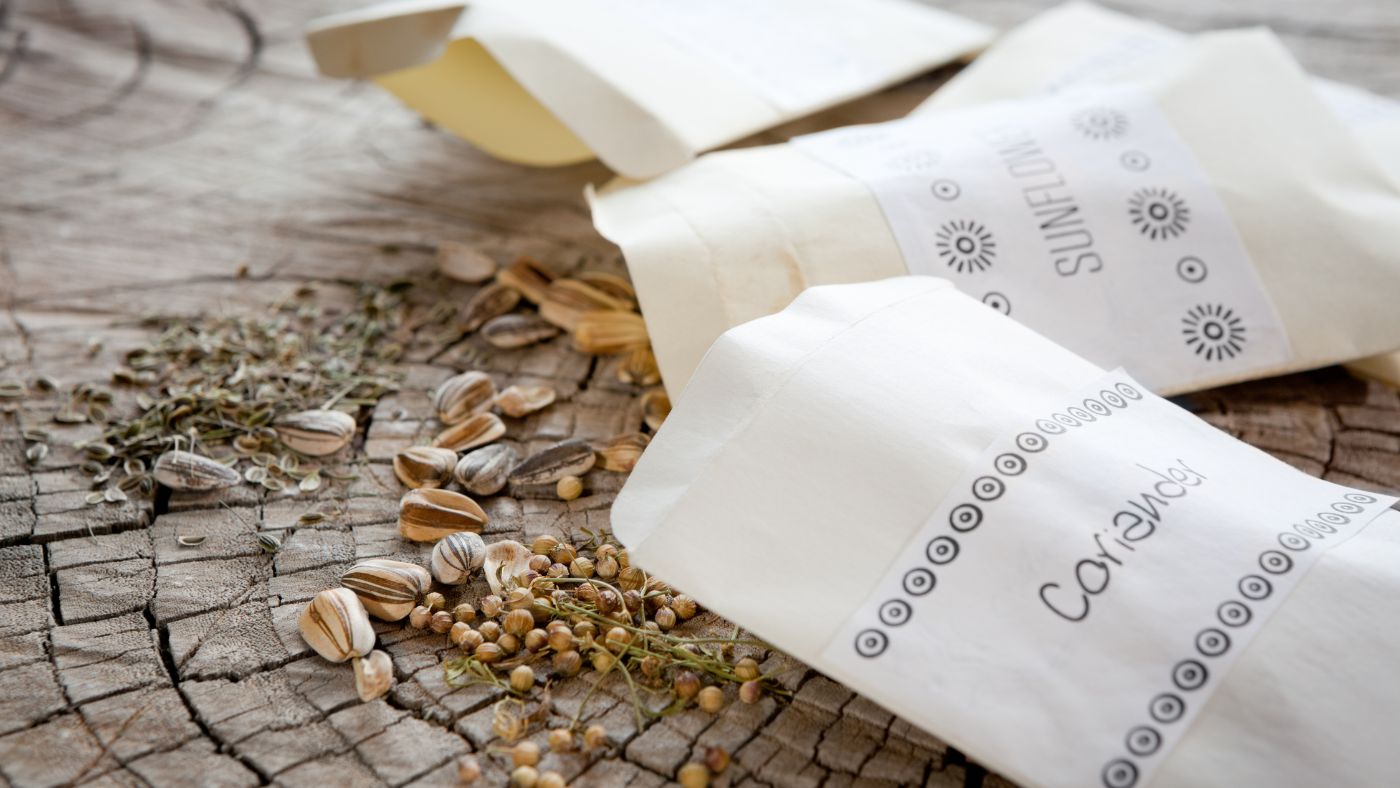

Articles
How To Store Seeds Over Winter
Modified: January 24, 2024
Learn how to store seeds over the winter in this helpful guide. Read articles on seed saving, preserving, and storing techniques to ensure a successful gardening season.
(Many of the links in this article redirect to a specific reviewed product. Your purchase of these products through affiliate links helps to generate commission for Storables.com, at no extra cost. Learn more)
Introduction
Welcome to the world of gardening enthusiasts! As a gardener, you understand the joy and satisfaction that comes from nurturing plants and watching them flourish. One of the most rewarding aspects of gardening is saving and storing seeds for future plantings. However, proper seed storage is essential to maintain the viability and germination rate of your precious seeds.
Whether you are a seasoned gardener or just starting out, it is crucial to understand the importance of storing seeds correctly. Seeds are living organisms with specific needs to remain healthy and viable. Without proper storage conditions, the seeds may lose their viability, reducing your chances of successful germination and growth.
In this article, we will explore the best practices for storing seeds over winter or for long-term storage. We will discuss the gathering and preparation of seeds, choose the right storage containers, create the ideal storage conditions, and provide tips for extending seed viability. Additionally, we will highlight common mistakes to avoid to ensure that your stored seeds remain in optimal condition.
So, let’s dive in and learn how to store seeds over winter or for extended periods to guarantee a bountiful harvest in the seasons to come.
Key Takeaways:
- Preserve genetic diversity, save money, and ensure a bountiful harvest by storing seeds correctly. Choose the right containers, create ideal storage conditions, and avoid common mistakes for successful seed storage.
- Gather and prepare seeds carefully, choose airtight containers, and maintain ideal storage conditions to extend seed viability. Regularly monitor and rotate seed stock for successful future plantings.
Read more: How To Store Bulbs Over Winter
Importance of Proper Seed Storage
Proper seed storage plays a crucial role in maintaining the viability and germination rates of your seeds. Here are a few reasons why it’s essential:
- Preservation of Genetic Diversity: Seeds carry the genetic information necessary for plant growth and development. By storing seeds properly, you can preserve the diverse range of traits and characteristics found in different plant varieties. This allows you to maintain biodiversity in your garden or even contribute to seed banks for future generations.
- Cost-Effectiveness: Storing seeds allows you to save money as you can use your saved seeds for future plantings instead of purchasing new ones. Proper storage ensures that your seeds remain viable for an extended period, maximizing the value you get from them.
- Availability of Desirable Varieties: If you have come across a specific plant variety that performs exceptionally well in your garden, storing its seeds allows you to have a continuous supply for future seasons. This way, you can ensure the availability of your favorite varieties without relying on the market or seed companies.
- Adaptation to Local Conditions: Over time, storing seeds from plants that have adapted to your specific local conditions can help develop locally adapted varieties. By selecting and storing seeds from plants that thrive in your climate, you can cultivate a resilient and thriving garden year after year.
- Insurance Against Crop Failures: Unpredictable weather patterns, pests, and diseases can cause crop failures. By storing seeds, you have a backup plan in case your current crop is damaged or fails to produce the desired results. This provides a sense of security and allows you to quickly replant and recover.
To fully harness these benefits, it is crucial to store seeds correctly. The next sections will guide you on how to do this effectively.
Gather and Prepare Seeds for Storage
Before you can store your seeds, it is essential to gather them correctly and prepare them for storage. Here’s how:
- Harvesting Seeds: Harvest seeds from healthy, mature plants that exhibit the desired characteristics. Allow the seeds to fully develop and dry on the plant before harvesting. Different plants have specific methods for seed collection, so it’s important to research the requirements for each plant species.
- Drying Seeds: Properly drying seeds is crucial to prevent molding and maintain their viability. After harvesting, remove any unwanted debris or pulp from the seeds. Spread them out in a single layer on a clean, dry surface in a well-ventilated area. Allow the seeds to air dry completely. Avoid using artificial heat sources, as high temperatures can damage the seeds.
- Labeling and Sorting: Once the seeds are dry, it’s important to label and sort them properly. Use small envelopes, glass jars, or seed packets to store different varieties. Label each container with the plant’s name, variety, and the date of harvest. This ensures you can easily identify and track your seeds.
- Preventing Cross-Contamination: To maintain the purity of each seed variety, avoid storing different plant varieties in close proximity as cross-pollination may occur. If you plan to save and store seeds from open-pollinated or heirloom plants, consider isolating these plants to prevent cross-contamination.
- Testing Seed Viability: If you are unsure about the viability of your seeds, consider conducting a germination test. Place a small quantity of seeds on a moist paper towel or in a seed tray and monitor their germination rate. This will help you determine which seeds are still viable and suitable for storage.
By following these steps, you can ensure that your seeds are in optimal condition for long-term storage. The next section will guide you in choosing the right storage containers for your seeds.
Choosing the Right Storage Containers
When it comes to storing seeds, selecting the appropriate containers is essential to maintain their quality and longevity. Here are some factors to consider when choosing storage containers:
- Airtightness: Seeds should be stored in containers that provide an airtight seal. This helps to prevent moisture and air from entering and damaging the seeds. Glass jars with rubber gaskets, vacuum-sealed bags, or plastic containers with tight-fitting lids are excellent options for creating a sealed environment.
- Transparency: Opt for containers that are transparent or have clear lids. This allows you to easily view and identify the seeds stored inside without the need to open the containers. Clear containers also minimize the risk of accidentally exposing the seeds to light, which can negatively affect their viability.
- Durability: Choose containers made from sturdy materials that can withstand the test of time. This ensures that your seeds are protected from physical damage and pests. Avoid containers that may break easily or degrade over time, compromising the integrity of your seed storage.
- Size: Select containers that accommodate the quantity of seeds you have, without leaving excessive empty space. Too much empty space can lead to increased air exposure, potentially affecting seed viability. Smaller containers are ideal for storing smaller seed quantities, while larger containers can hold more substantial amounts.
- Labeling: Ensure that the containers you choose allow for easy labeling. You can use waterproof labels, permanent markers, or even attach small tags to identify the seed varieties and the date of storage. Clear labeling eliminates confusion and helps track the age and origin of each batch of seeds.
Remember to clean and sterilize your storage containers before using them. This helps prevent any potential contamination that could affect the viability of your seeds.
Now that you have chosen the right containers, let’s move on to creating the ideal storage conditions for your seeds.
Creating the Ideal Storage Conditions
Proper storage conditions are crucial for maintaining the viability of your stored seeds. Follow these guidelines to create the ideal environment:
- Temperature: Most seeds prefer cool temperatures for storage. Aim to store your seeds in a cool, dry location with a consistent temperature between 32°F (0°C) and 50°F (10°C). Avoid storing seeds in areas prone to temperature fluctuations, such as near windows or heat sources.
- Humidity: Low humidity levels are essential to prevent mold growth and seed deterioration. Aim for a relative humidity (RH) of less than 50%. Moisture-absorbing agents, such as silica gel packets or rice grains, can help reduce moisture levels inside the storage containers.
- Darkness: Seeds are best stored in a dark environment to protect them from light exposure. Light can trigger premature germination or cause seed dormancy to break, reducing their viability. Keep your seed storage containers in a dark space to maintain optimal conditions.
- Ventilation: While it’s important to create an airtight seal, some minimal ventilation is conducive to seed storage. This allows for the exchange of stale air and helps prevent the buildup of excess moisture. Avoid storing seeds in overly humid or stuffy areas that lack proper air circulation.
- Pest Prevention: Protect your stored seeds from pests that can damage or consume them. Use pest-resistant containers and consider adding natural pest deterrents such as diatomaceous earth or herbal sachets to ward off insects. Regularly inspect your seeds for signs of pest activity and take necessary measures to eliminate any infestation.
Remember to periodically check your stored seeds for any signs of moisture, mold, or pests. If you notice any issues, take immediate action to address them and ensure the health and longevity of your seeds.
Now that you have created the ideal storage conditions, let’s move on to the next section, where we will explore how to monitor and maintain your seed storage effectively.
Store seeds in a cool, dry place to prevent them from sprouting or molding. Airtight containers, such as glass jars or plastic bags, can help maintain seed viability over the winter.
Read more: How To Store Cannas Over Winter
Monitoring and Maintaining Seed Storage
To ensure the longevity and viability of your stored seeds, it is important to monitor and maintain the conditions of your seed storage regularly. Here are some essential steps:
- Regular Inspection: Check your stored seeds periodically for any signs of mold, moisture, or pests. Carefully examine each container for any damage or contamination. Remove any compromised seeds or affected containers to prevent the spread of issues.
- Seed Viability Testing: Conduct germination tests on a sample of your stored seeds to assess their viability. Place a small quantity of seeds on a moist paper towel or in a seed tray and monitor their germination rate. This will help you determine the percentage of viable seeds and prioritize their use for planting.
- Temperature and Humidity Monitoring: Use a thermometer and hygrometer to monitor the temperature and humidity inside your seed storage area. Regularly check these measurements and make adjustments as needed to maintain the desired storage conditions.
- Rotating and Using Seeds: To avoid storing seeds for too long, prioritize using the older seeds first. Rotate your seed stock by using the oldest seeds for planting and replacing them with fresh batches. This helps ensure that you are always working with the most viable seeds available.
- Revisiting Storage Conditions: Periodically review and reassess your storage conditions to ensure they are still optimal. As seasons change, or if you notice any issues with moisture or pests, make necessary adjustments to maintain the quality of your stored seeds.
- Record-Keeping: Maintain a record of your seed storage activities, including the types of seeds, dates of storage, and any relevant observations. This record will serve as a reference guide and help you track the viability and age of your stored seeds.
By consistently monitoring and maintaining your seed storage, you can ensure that your seeds remain healthy and viable for an extended period. Now, let’s explore some tips to help you extend the viability of your stored seeds even further.
Tips for Extending Seed Viability
To maximize the viability and longevity of your stored seeds, consider implementing the following tips:
- Properly Store Different Seed Types: Some seeds have specific storage requirements. Research the optimal storage conditions for each seed type and adjust accordingly. For example, some seeds like cool temperatures, while others may require stratification (exposure to cold temperatures) to stimulate germination.
- Use Desiccant Packs: Desiccant packs or moisture-absorbing agents, such as silica gel packets, can be placed in your seed storage containers to help control humidity levels. These packs can help prevent moisture buildup and reduce the risk of seed spoilage.
- Consider Long-Term Freezing: Freezing can significantly extend the viability of certain seed types. Seeds with hard protective coats or those prone to rapid aging, such as tomatoes or peppers, can benefit from long-term freezing. Place sealed containers of seeds in the freezer, and make sure they are properly labeled to prevent accidental thawing.
- Maintain a Seed Bank: If you are passionate about seed saving, consider creating a long-term seed bank. Preserve a diverse range of seeds in optimal storage conditions for future use or sharing with other gardeners. This helps protect rare or heirloom varieties and ensures their availability for generations to come.
- Rotate Seed Stock Regularly: While properly stored seeds can remain viable for many years, it is best to rotate your seed stock regularly. Aim to use stored seeds within the recommended timeframe for each species. By rotating and replenishing your seed collection, you can maintain a fresh and reliable supply of seeds.
- Practice Good Hygiene: When handling seeds, it is crucial to maintain good hygiene to prevent the introduction of contaminants. Clean your hands and tools before handling seeds to minimize the risk of spreading pathogens or introducing harmful substances.
- Collect Seeds from Healthy Plants: When selecting seeds for storage, choose seeds from healthy, disease-resistant plants. By doing so, you are more likely to have viable seeds that can produce strong and thriving plants in the future.
Remember, while these tips can help extend the viability of your seeds, it is essential to regularly test and assess the germination rates of your stored seeds before planting. This will ensure you are using seeds that have the highest chance of successful germination. Now, let’s discuss some common mistakes to avoid when storing seeds.
Common Mistakes to Avoid
When it comes to seed storage, avoiding common mistakes can help preserve the viability and quality of your seeds. Here are some mistakes to steer clear of:
- Poor Seed Harvesting: Harvesting seeds too early or too late can result in poor seed quality. Ensure that seeds are fully mature and properly dried before storing them.
- Inadequate Drying: Insufficient drying can lead to mold growth or seed damage. Take the time to thoroughly dry your seeds before storing them to maintain their viability.
- Improper Packaging: Using improper packaging materials or containers that do not provide airtight seals can allow moisture and air to enter, compromising the quality of your seeds. Invest in proper seed storage containers that are designed to preserve seed viability.
- Exposing Seeds to Light: Light can trigger seed dormancy breaking or premature germination. Keep your seeds stored in opaque containers or in a dark location to prevent light exposure.
- Failure to Label: Neglecting to label your seed storage containers can lead to confusion and the loss of important information about the seeds. Always label containers with the plant’s name, variety, and date of harvest for easy identification.
- Neglecting Pest Prevention: Failure to take precautions against pests can result in damaged or destroyed seeds. Ensure your storage area is clean and free from pests, and use pest-resistant containers and natural deterrents to protect your seeds.
- Not Rotating Seed Stock: Storing seeds for too long without using them can lead to a decline in viability. Regularly rotate your seed stock, using older seeds first and replacing them with fresh ones to ensure you are always working with the most viable seeds.
- Ignoring Ideal Temperature and Humidity: Inconsistent or unsuitable storage conditions can impact seed viability. Pay close attention to temperature and humidity levels, ensuring they remain within the optimal range for each seed type.
- Storing Seeds Near Heat Sources: Storing seeds in areas near heat sources, such as radiators or appliances, can expose them to high temperatures, which can reduce their viability. Keep your seed storage area away from sources of heat to maintain cool and stable conditions.
By avoiding these common mistakes, you can ensure that your stored seeds remain healthy and viable for successful future plantings. Now, let’s wrap up this article.
Conclusion
Proper seed storage is an essential practice for every gardener who wants to preserve and maximize the viability of their seeds. By following the guidelines outlined in this article, you can ensure that your stored seeds remain in optimal condition, ready to germinate and produce healthy plants for seasons to come.
Remember to gather and prepare your seeds carefully, selecting only the best quality seeds from mature and healthy plants. Choose the right storage containers that are airtight, transparent, durable, and properly labeled. Create the ideal storage conditions by maintaining cool temperatures, low humidity, darkness, and proper ventilation.
Monitor and maintain your seed storage regularly, conducting seed viability tests, and rotating your seed stock to ensure you always use the freshest and most viable seeds. Avoid common mistakes such as poor harvesting, inadequate drying, improper packaging, and exposure to light or heat sources.
By following these best practices and avoiding common pitfalls, you can extend the viability and germination rates of your stored seeds, saving money, preserving genetic diversity, and ensuring a bountiful harvest in your garden year after year.
Happy seed storing and successful gardening!
Frequently Asked Questions about How To Store Seeds Over Winter
Was this page helpful?
At Storables.com, we guarantee accurate and reliable information. Our content, validated by Expert Board Contributors, is crafted following stringent Editorial Policies. We're committed to providing you with well-researched, expert-backed insights for all your informational needs.
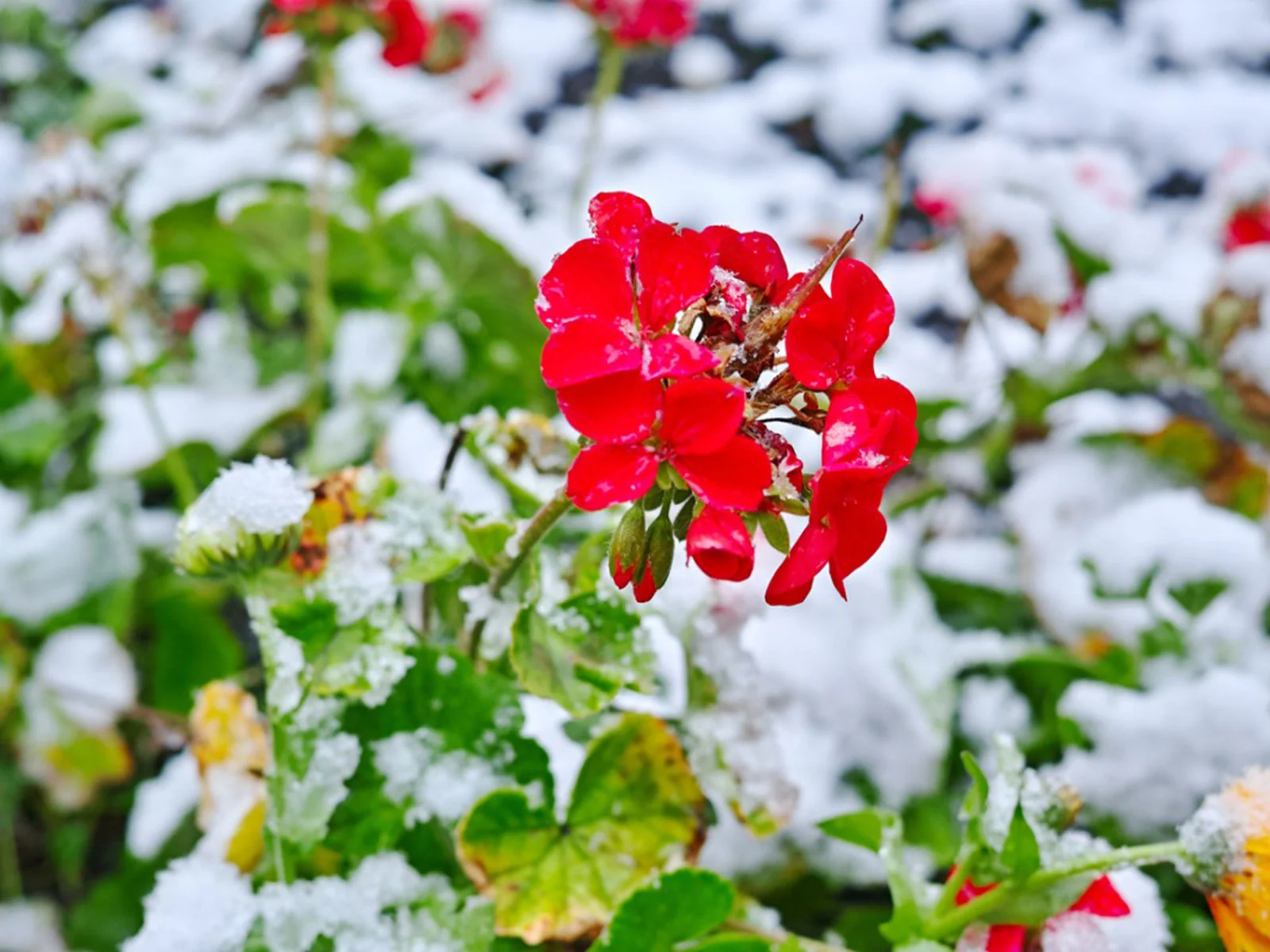
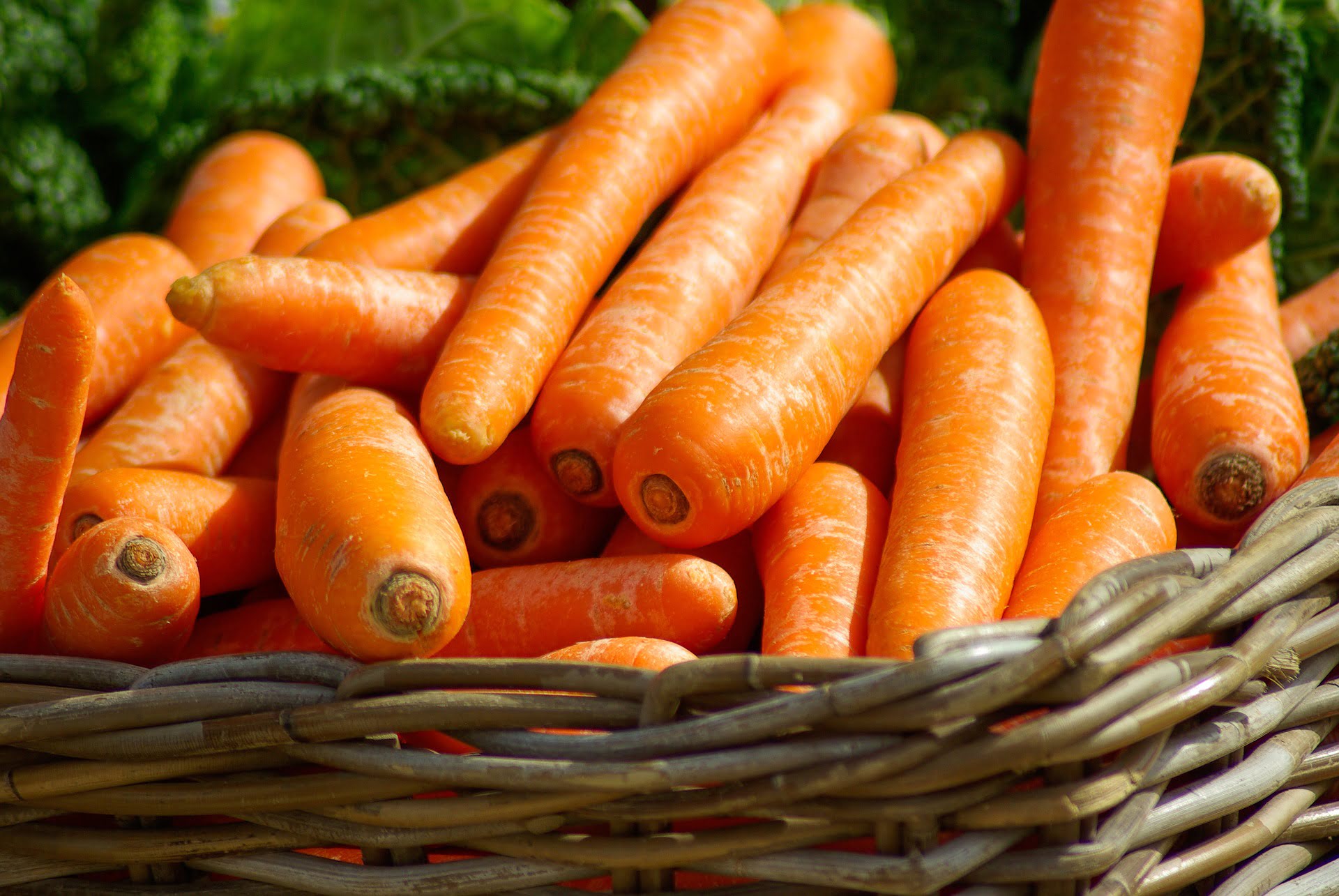
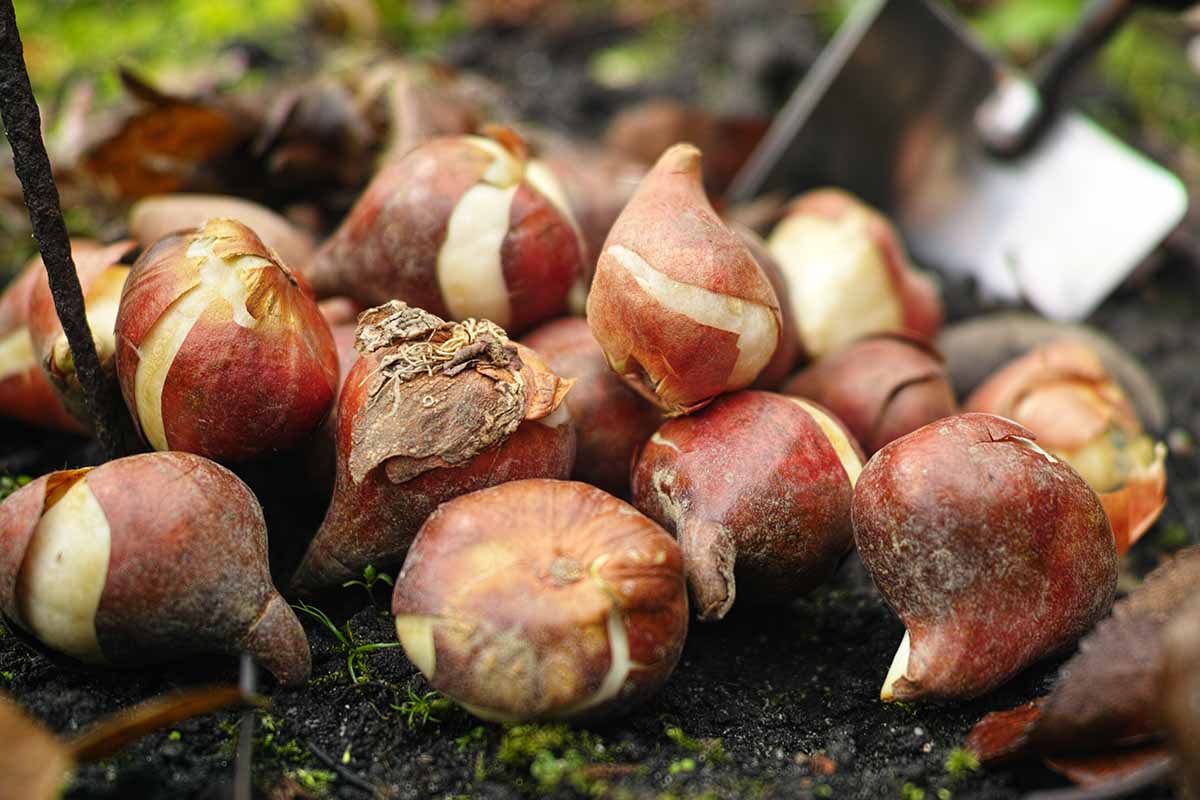
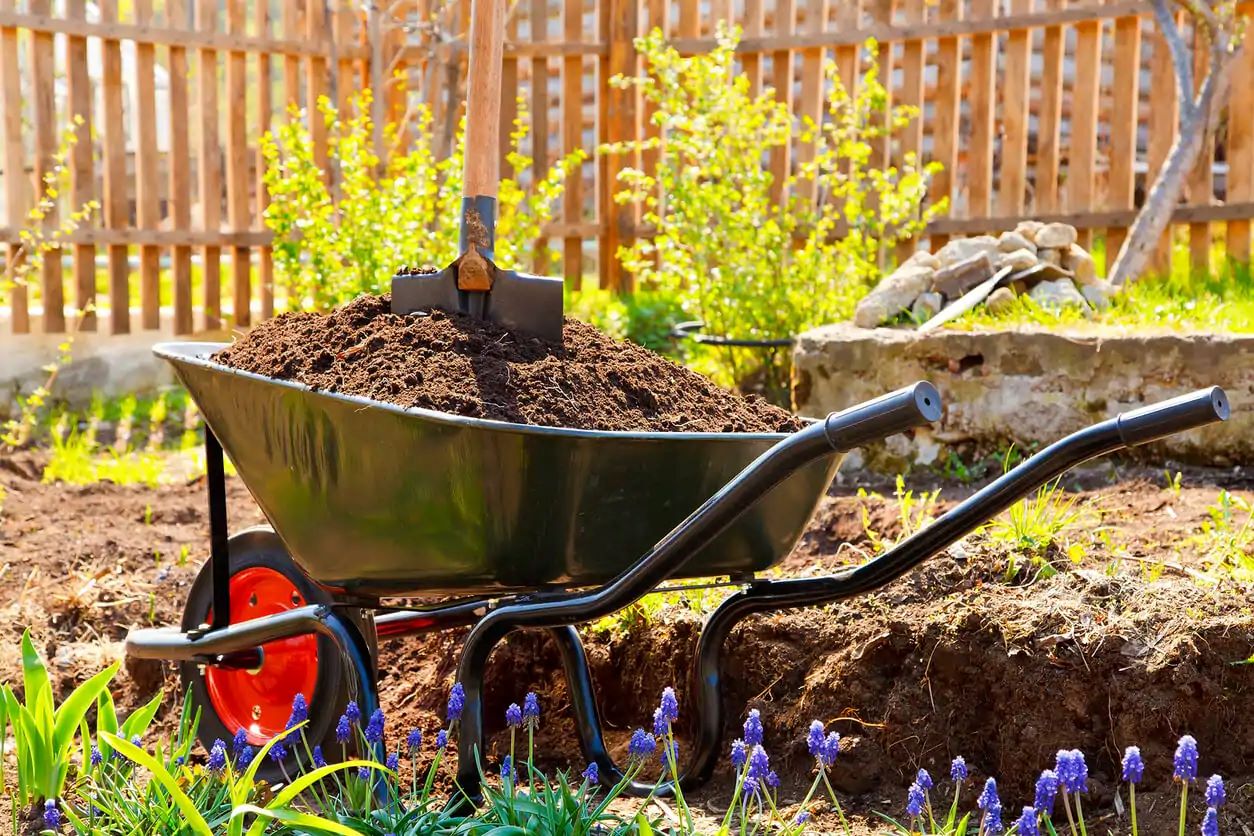

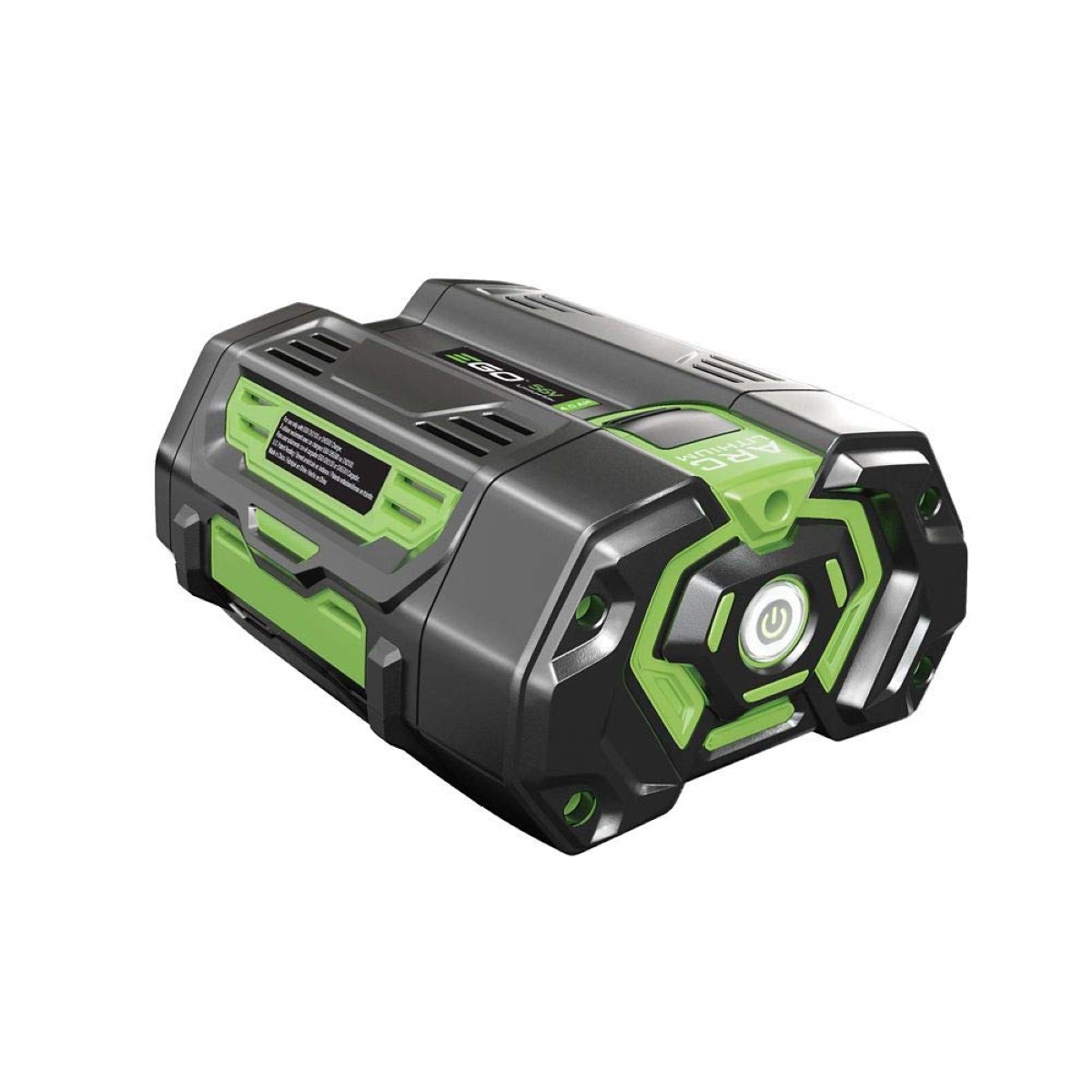
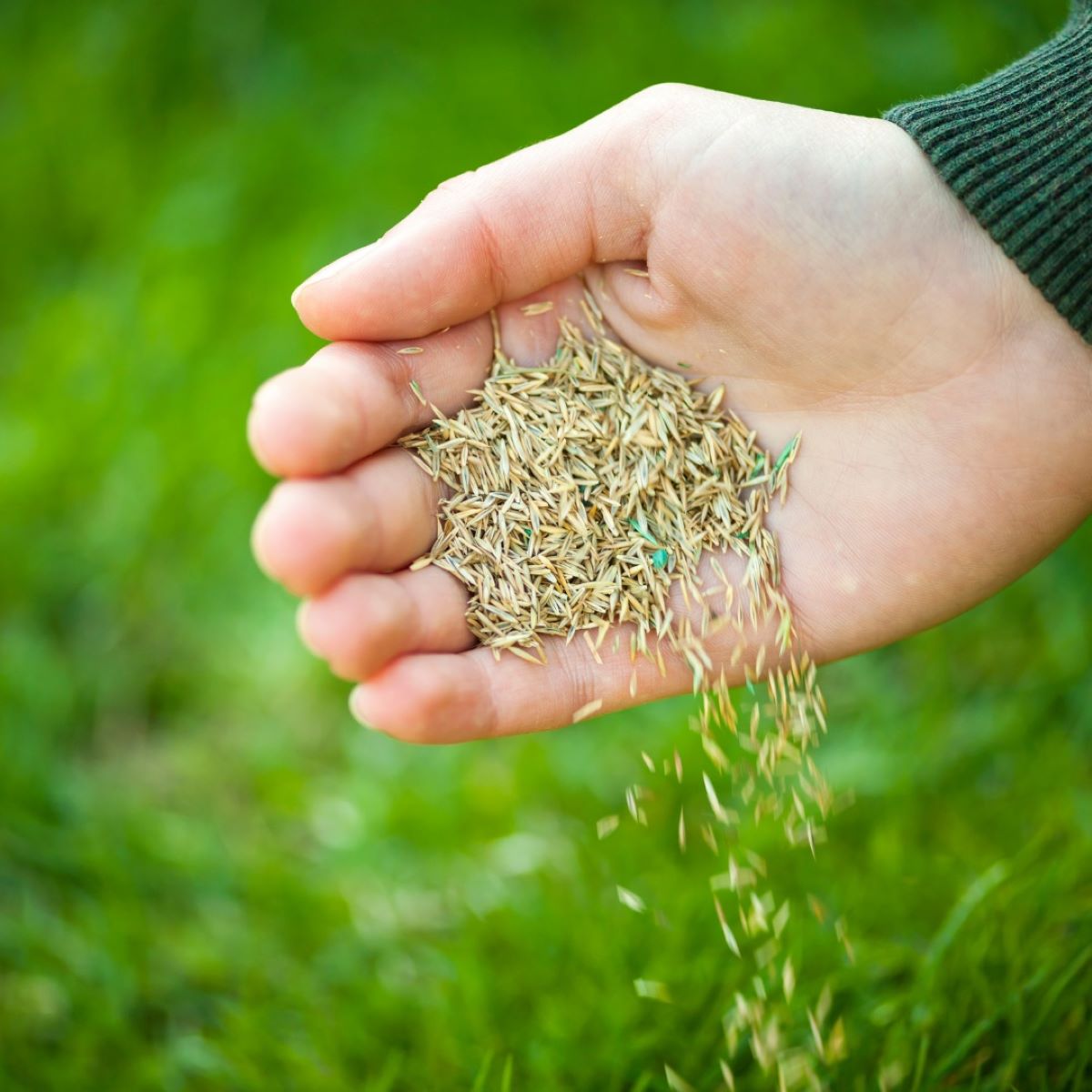
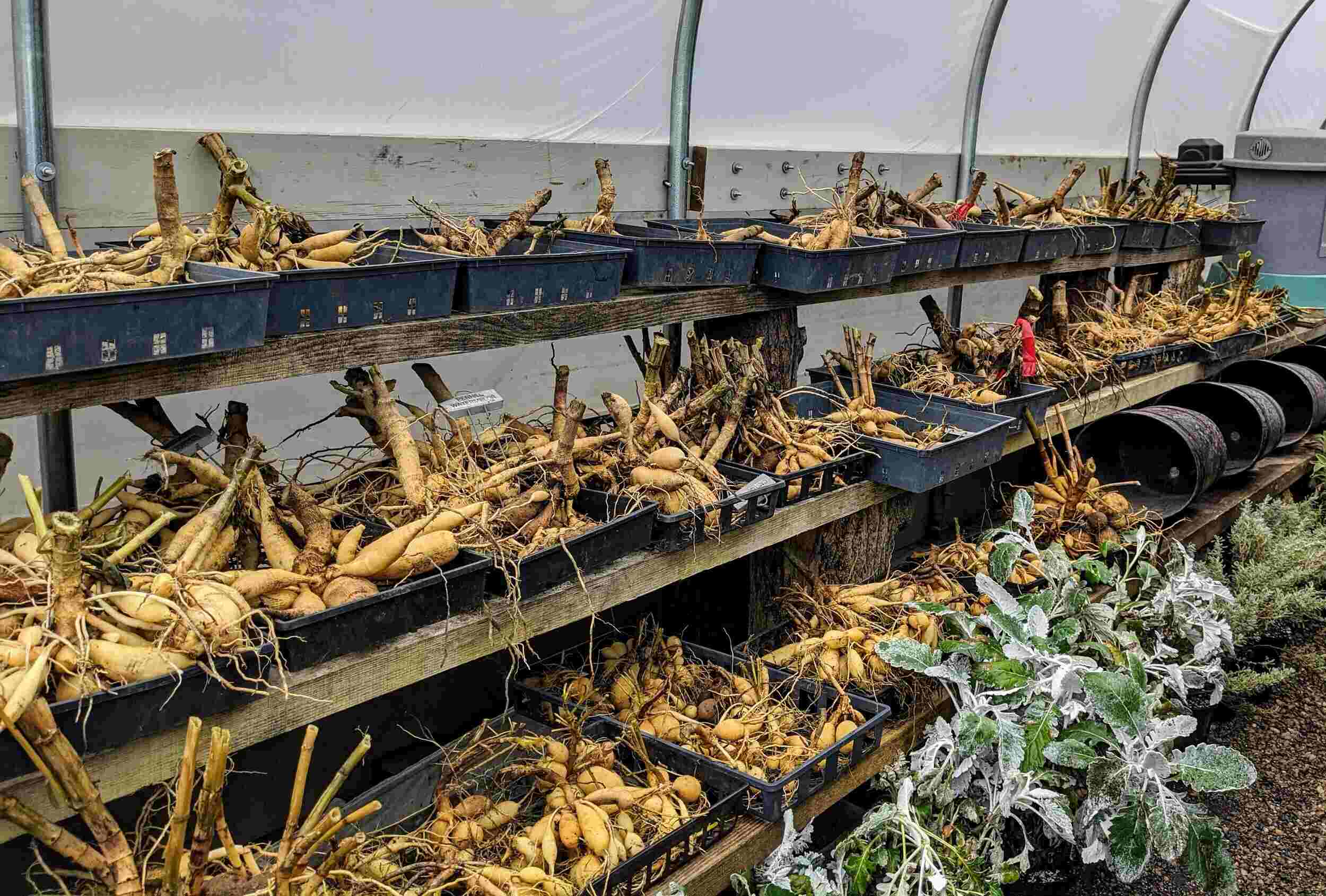
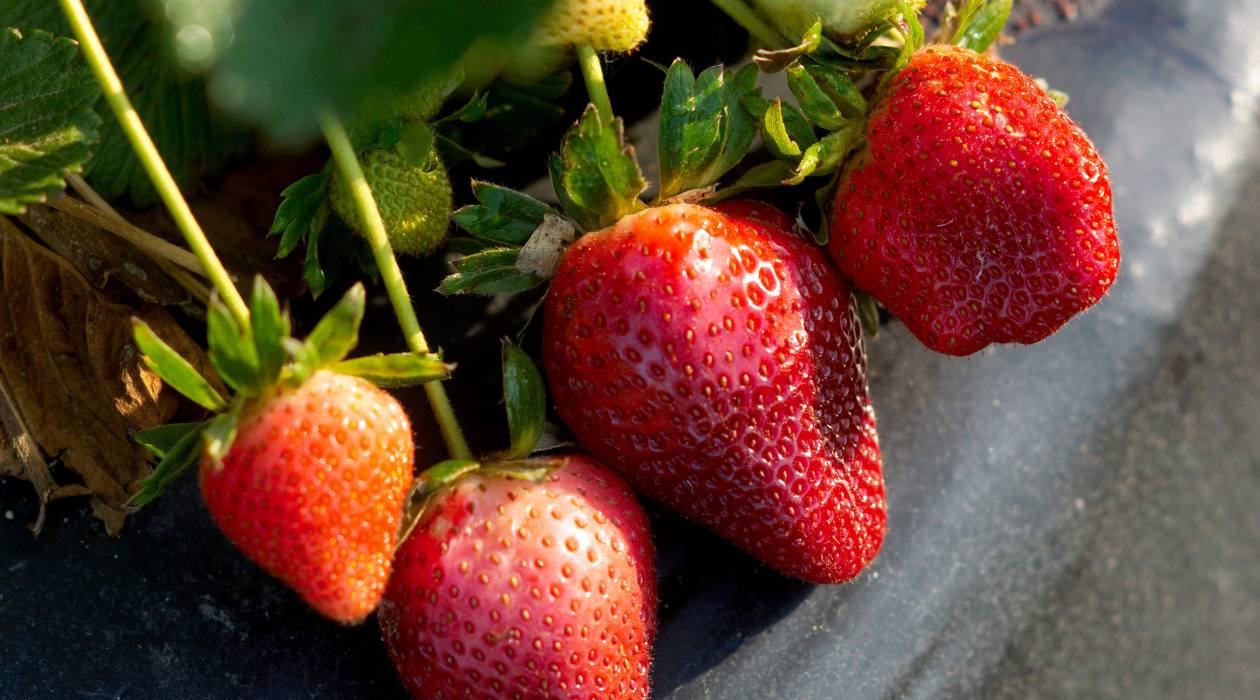
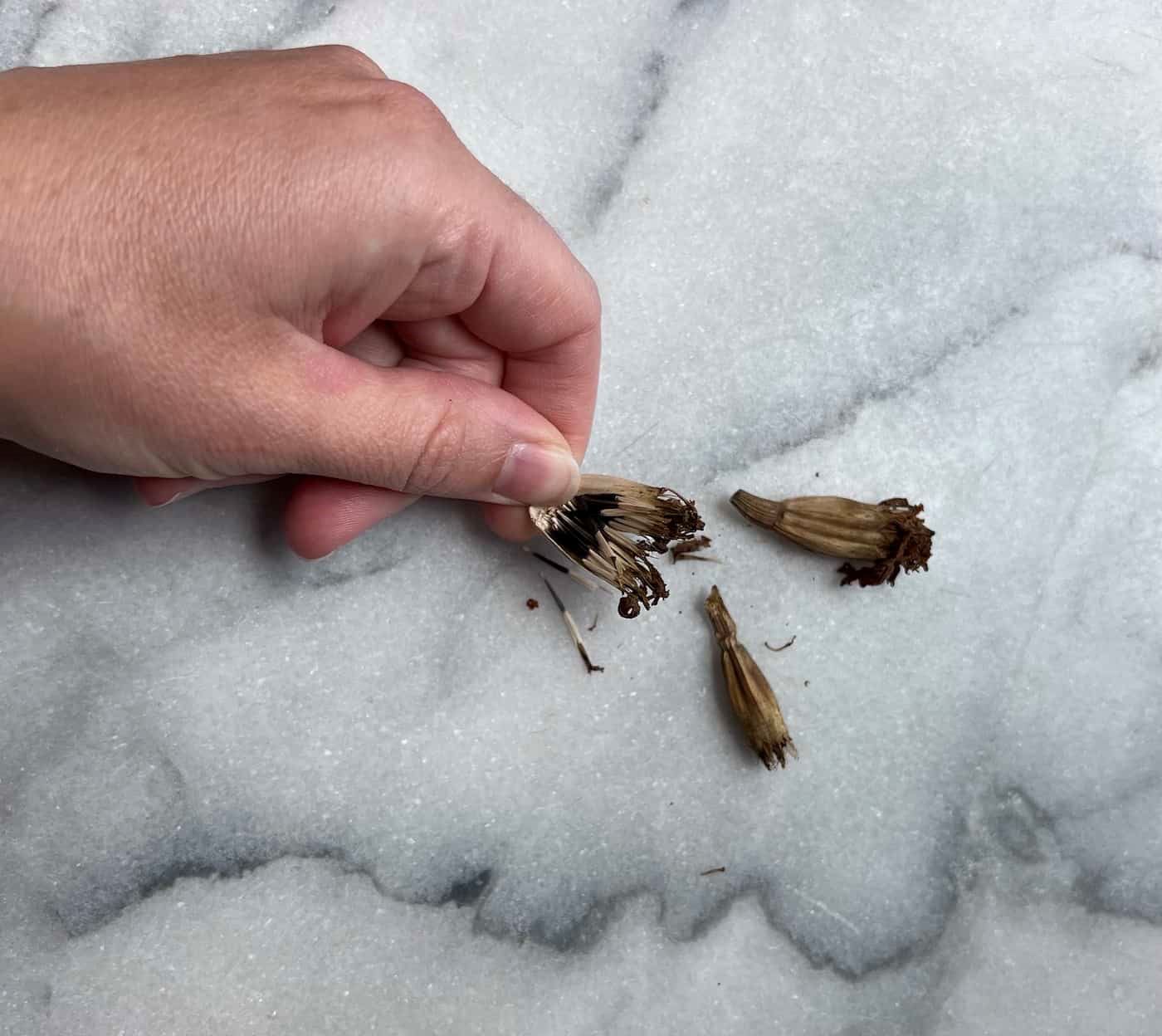
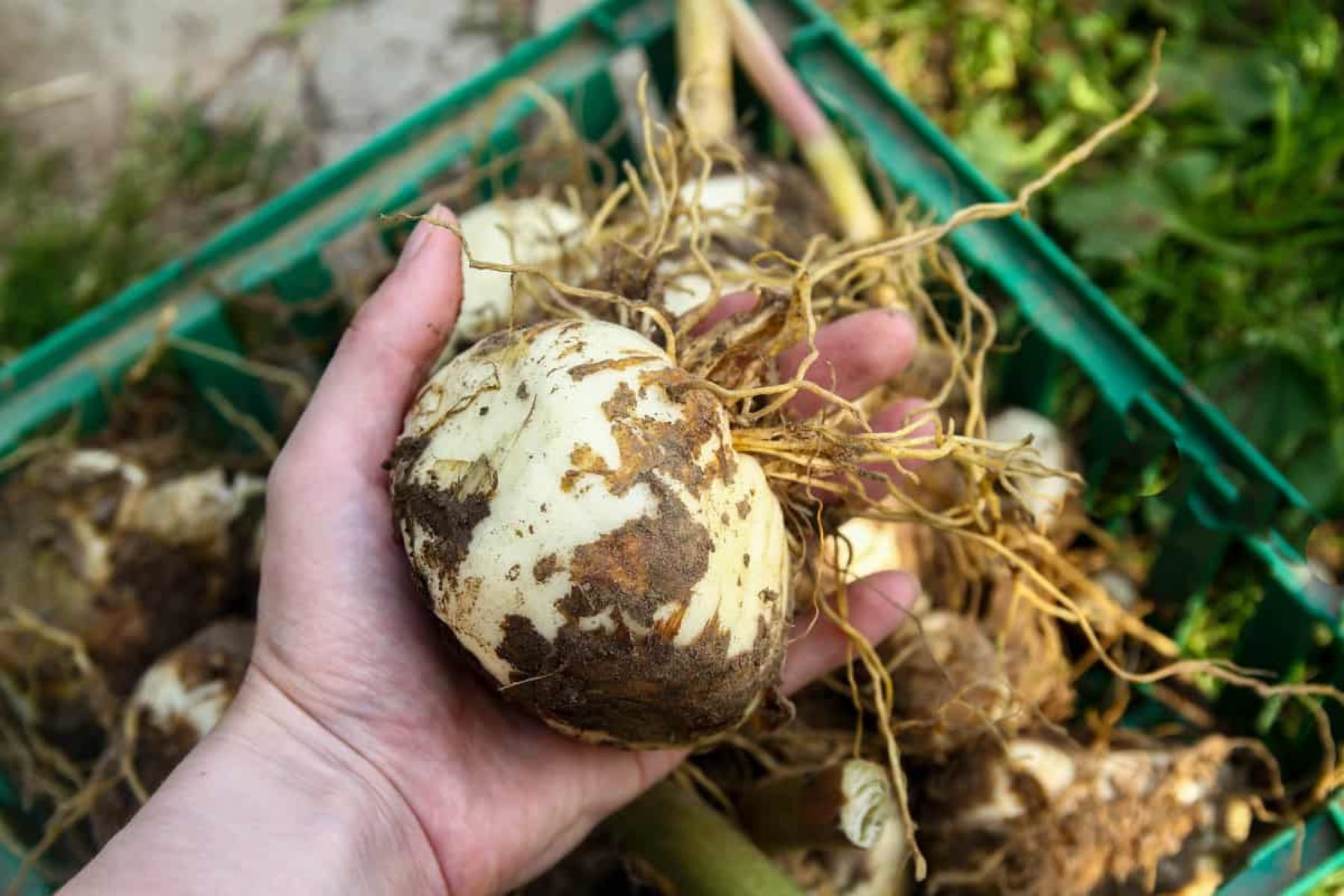
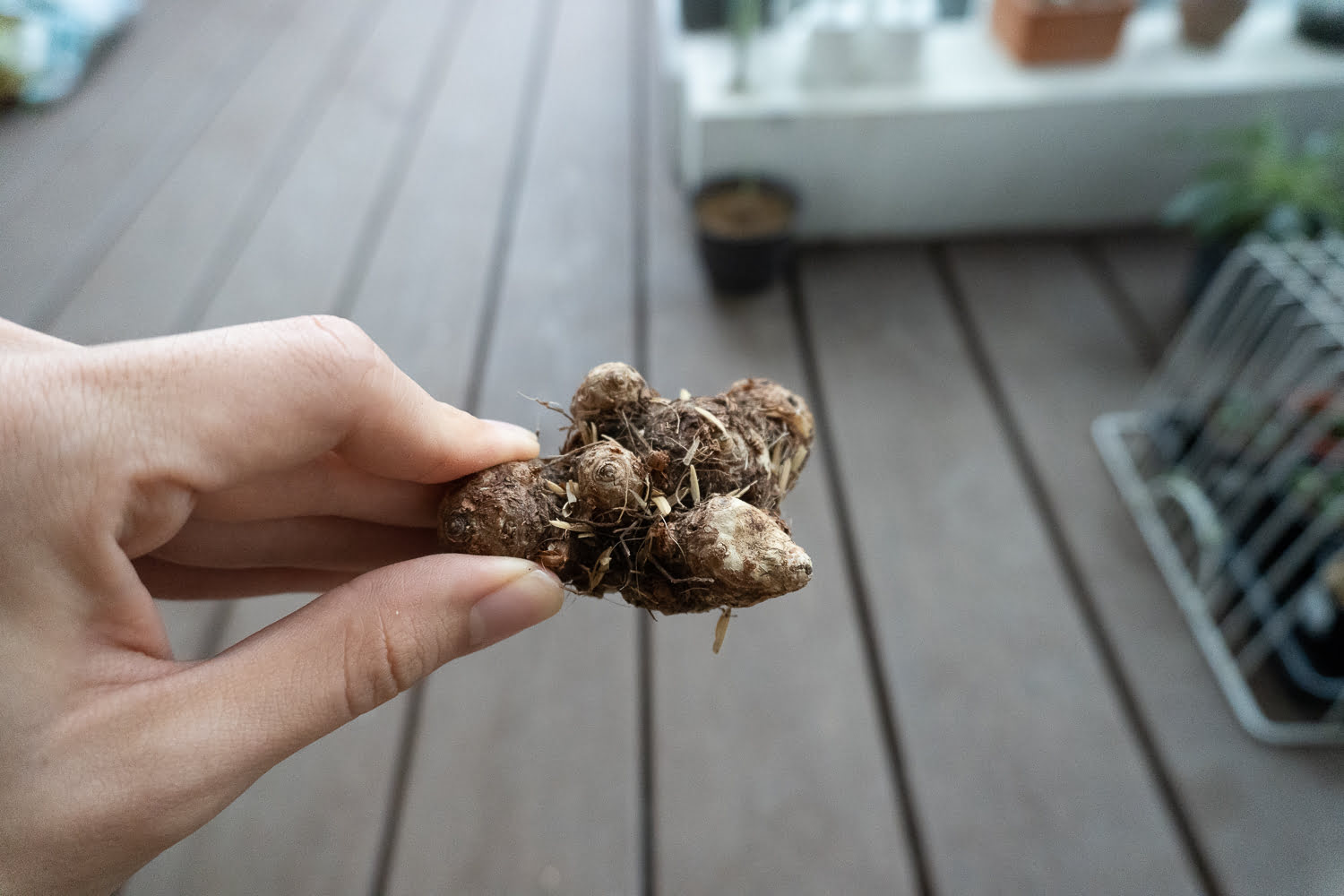
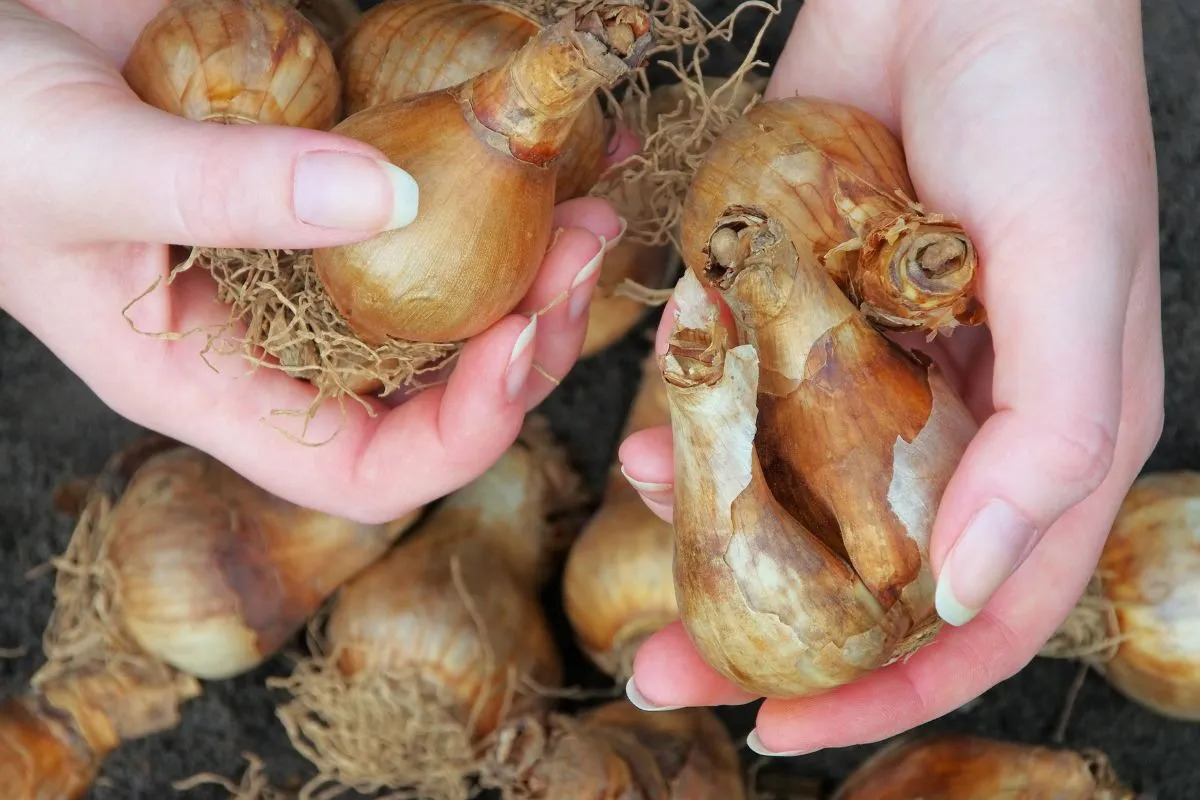
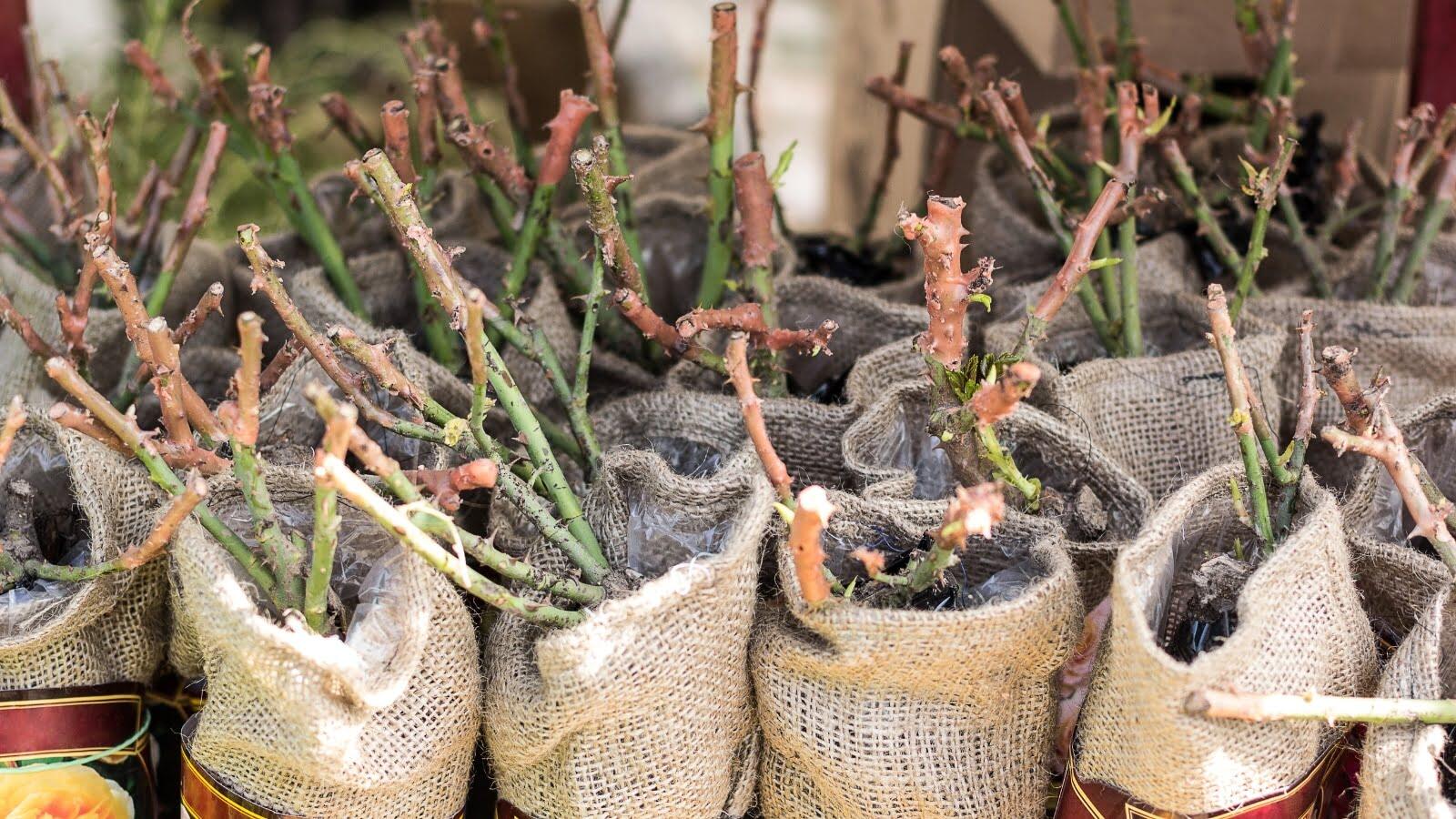

0 thoughts on “How To Store Seeds Over Winter”